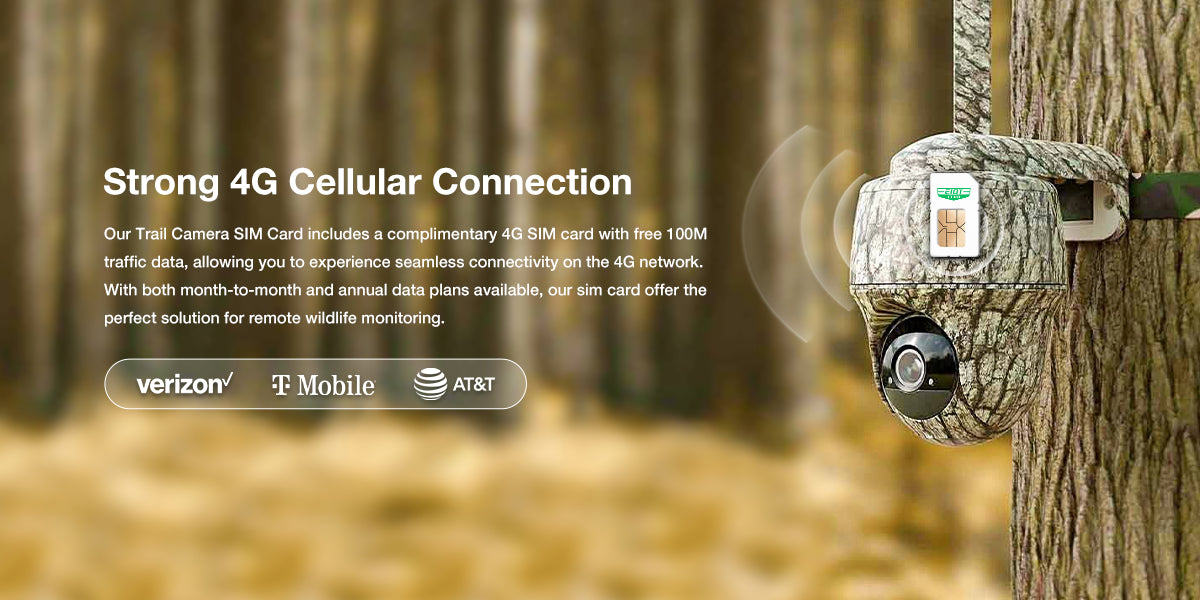Trail cameras are a valuable tool for wildlife enthusiasts, hunters, and researchers. They provide a unique opportunity to observe and study wildlife in their natural habitat. However, to make the most of your trail camera, it's essential to have a data plan that suits your needs. In this article, we'll explore some tips and tricks for maximizing your trail camera data plan.

Understanding Your Data Usage
Before choosing a data plan for your trail camera, it's important to understand your data usage. Different factors can affect data consumption, such as the frequency of photos or videos taken, the resolution of the media, and the duration of video recordings. By analyzing your data usage patterns, you can select a data plan that aligns with your needs and avoids overage charges.
One way to optimize your data usage is to adjust the settings on your trail camera. For example, reducing the resolution of photos and videos can significantly decrease data consumption without compromising the quality of the media. Additionally, setting up motion-activated recording can minimize unnecessary data usage, as the camera will only capture footage when there is movement in its field of view.
Choosing the Right Data Plan
When selecting a data plan for your trail camera, consider the coverage and network reliability in the area where the camera will be deployed. Different carriers offer varying levels of coverage, so it's essential to choose a plan that ensures a stable connection for your trail camera. Additionally, look for data plans that offer flexibility, allowing you to adjust your data allocation based on your usage patterns.
Some data plans also include features such as cloud storage for your media, which can be a convenient way to store and access your trail camera footage. By choosing a plan with the right features, you can maximize the value you get from your data plan.
Utilizing Data Management Tools
Many trail camera data plans come with data management tools that allow you to monitor and control your data usage. These tools can provide insights into your data consumption patterns, helping you identify opportunities to optimize your usage. For example, you may discover that certain times of day result in higher data usage, prompting you to adjust your camera settings accordingly.
Furthermore, data management tools can alert you when you're approaching your data limit, giving you the opportunity to adjust your usage or upgrade your plan before incurring additional charges. By leveraging these tools, you can effectively manage your trail camera data plan and avoid unexpected costs.
Exploring Alternative Connectivity Options
While traditional cellular data plans are a popular choice for trail cameras, alternative connectivity options can also be worth considering. For example, some trail cameras offer the ability to connect to Wi-Fi networks, which can provide a cost-effective and reliable data connection in certain environments. Additionally, some cameras are compatible with external accessories, such as solar panels or battery packs, which can extend the camera's operating time without relying solely on cellular data.
By exploring alternative connectivity options, you can find creative solutions to maximize your trail camera data plan and ensure consistent connectivity in various settings.
In conclusion, maximizing your trail camera data plan involves understanding your data usage, choosing the right plan, utilizing data management tools, and exploring alternative connectivity options. By implementing these tips and tricks, you can optimize your trail camera data plan to suit your specific needs and enhance your wildlife monitoring experience.






